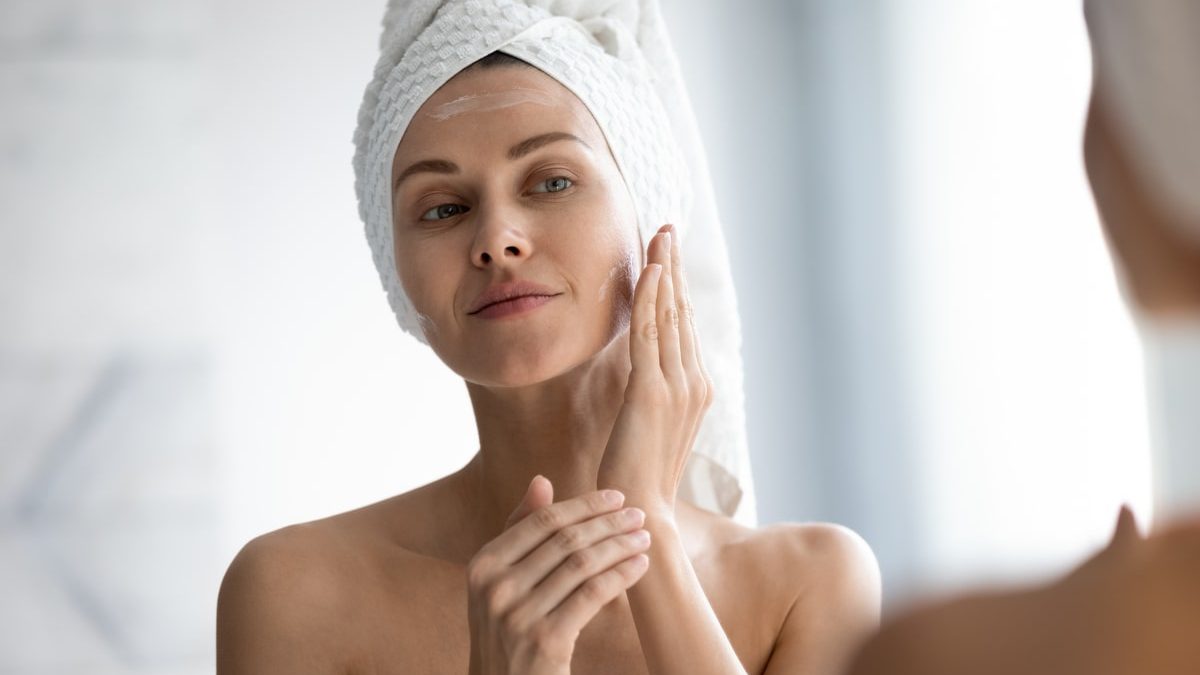Ever looked at the back of a skincare product and thought, “What does all this even mean?” Active ingredients can feel like a whole other language, but they’re the magic makers in your routine. These are the powerhouse components that tackle your biggest skin concerns, from acne to aging. Ready to become an active ingredient pro? Let’s break it all down.
What Are Active Ingredients?
Active ingredients are the superstars in your skincare products. They’re the ones clinically proven to target specific skin issues, like reducing wrinkles, brightening dark spots, or fighting breakouts. Everything else in the formula (like water, emulsifiers, or thickeners) is there to support the active ingredients and make sure they do their job.
The Most Popular Active Ingredients And What They Do
Vitamin C
-
What It Does: Brightens skin, fades dark spots, and fights free radicals.
-
Who It’s For: Anyone looking to even out skin tone or boost radiance.
-
How to Use It: Apply in the morning before sunscreen to amp up your UV protection.
Retinoids (Including Retinol)
-
What It Does: Stimulate collagen production, reduce fine lines, and improve skin texture.
-
Who It’s For: Those tackling aging, acne, or uneven texture.
-
How to Use It: Use at night and start slow (2-3 times a week) to avoid irritation.
Hyaluronic Acid
-
What It Does: Attracts and retains moisture, keeping skin plump and hydrated.
-
Who It’s For: All skin types, especially dry or dehydrated skin.
-
How to Use It: Apply after cleansing and before moisturizer.
Niacinamide
-
What It Does: Reduces redness, minimizes pores, and strengthens the skin barrier.
-
Who It’s For: Sensitive, oily, or acne-prone skin types.
-
How to Use It: Use morning or night\u2014it pairs well with almost everything.
Salicylic Acid
-
What It Does: Exfoliates inside the pores, helping to prevent and treat acne.
-
Who It’s For: Oily or acne-prone skin.
-
How to Use It: Look for cleansers or spot treatments containing this ingredient.
Glycolic Acid (and Other AHAs)
-
What They Do: Exfoliate the surface of the skin, reducing dullness and improving texture.
-
Who They’re For: Those dealing with dull, uneven skin or fine lines.
-
How to Use It: Use at night and follow with SPF during the day (your skin will be extra sensitive to the sun).
Ceramides
-
What They Do: Restore and protect the skin barrier, locking in moisture.
-
Who They’re For: Dry or sensitive skin types, or anyone dealing with barrier damage.
-
How to Use It: Find them in moisturizers or barrier repair creams.
Peptides
-
What They Do: Boost collagen production and improve skin firmness.
-
Who They’re For: Anyone looking to keep their skin bouncy and youthful.
-
How to Use It: Apply daily in serums or moisturizers.
Tips for Using Active Ingredients
Start Slow
Introducing too many active ingredients at once can overwhelm your skin. Start with one, see how your skin reacts, and then layer in others gradually.
Pay Attention to Concentrations
Higher concentrations aren’t always better, especially if you have sensitive skin. A little goes a long way with most actives!
Mix with Care
Not all actives play well together. For example:
-
Avoid using retinoids and AHAs/BHAs on the same night (too much exfoliation = irritated skin).
-
Pairing niacinamide with vitamin C? Totally fine!
Always Use SPF
Most active ingredients (especially exfoliants and retinoids) can make your skin more sensitive to the sun, so don’t skip your sunscreen.
Be Patient
Skincare isn’t an overnight miracle. Actives take time to show results, so stick with them for at least 6-8 weeks to see noticeable changes.
Understanding active ingredients is the key to building a skincare routine that actually works for you. Whether you’re chasing glow, fighting breakouts, or smoothing fine lines, there’s an active out there that can help.



